
You can find us on the mathstodon.xyz server by following this link: https://mathstodon.xyz/@winstars

You can find us on the mathstodon.xyz server by following this link: https://mathstodon.xyz/@winstars
Introducing 3D landscapes! For now, this new feature remains experimental. The program currently only displays a single object (a mesh) containing all the elements of the landscape (vegetation, buildings, etc.). These 3D objects have been obtained through photogrammetry, a technique that involves capturing a scene from multiple viewpoints to create a volumetric reconstruction.
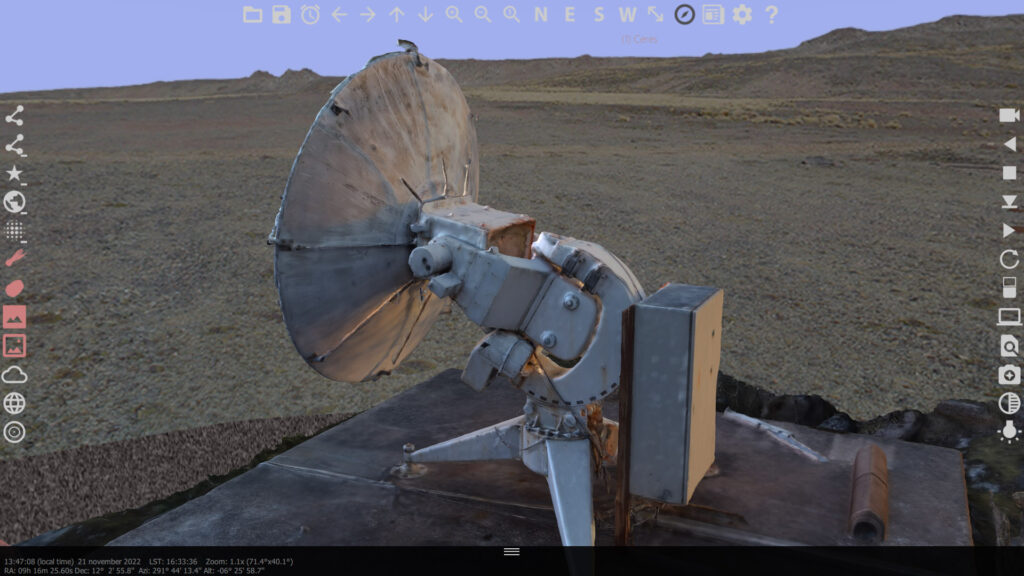
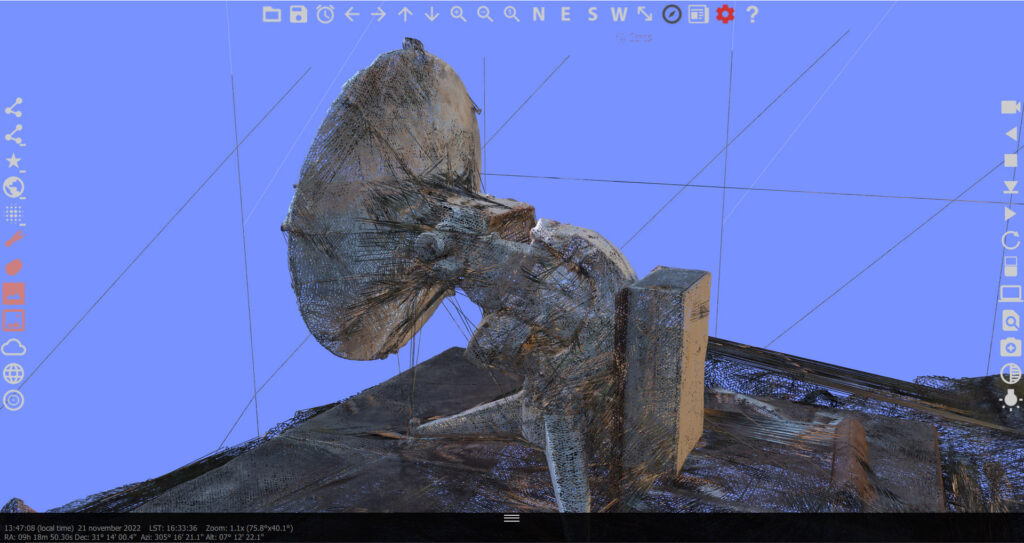
However, this solution is not optimal. The elements of the landscapes are still too approximate in places, and the files are too large. Later on, I will use the tessellation technique to improve rendering quality and reduce file size.
After several months of interruption, the development of WinStars is gradually resuming. Among the recent features, we can mention the addition of all known exoplanets, which can be easily located from the planetarium mode.
Since the first discoveries by Aleksander Wolszczan and Michel Mayor and Didier Queloz in the 1990s, thousands of exoplanets are now listed in catalogs. The Corot, Kepler, and Tess space missions have significantly increased their numbers in recent years, and the James Webb Space Telescope is also contributing to their direct observation. We can mention the example of HIP 65426 b and the first image of an exoplanet obtained in mid-infrared. This is a very young giant exoplanet, about 15 million years old, located 90 astronomical units from its star. With an estimated mass of about 7 times that of Jupiter, it was discovered using the European instrument SPHERE at the Very Large Telescope in 2017.
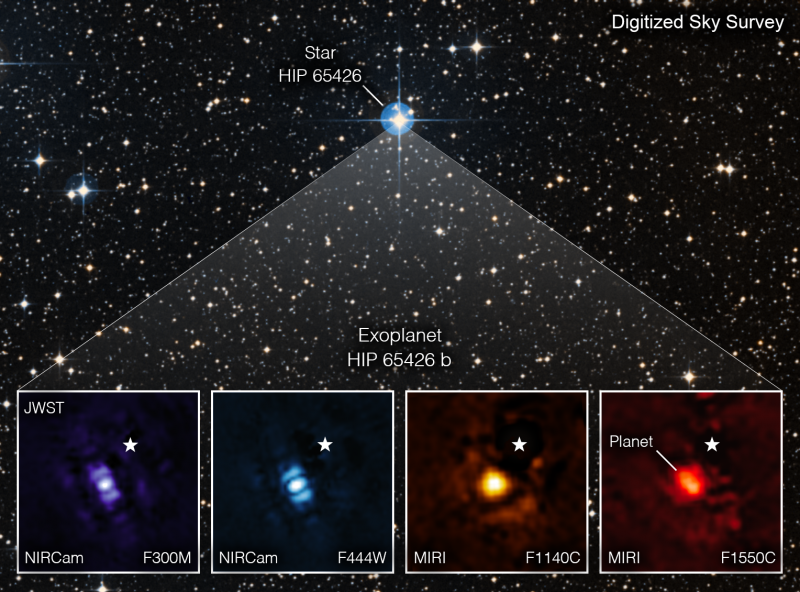
The complete list of exoplanets can be accessed from the program by entering the command “list exo” in the search bar. You can also locate an object by simply entering its identifier. The database used by W3 comes from the exoplanet.eu website and will be updated every week.
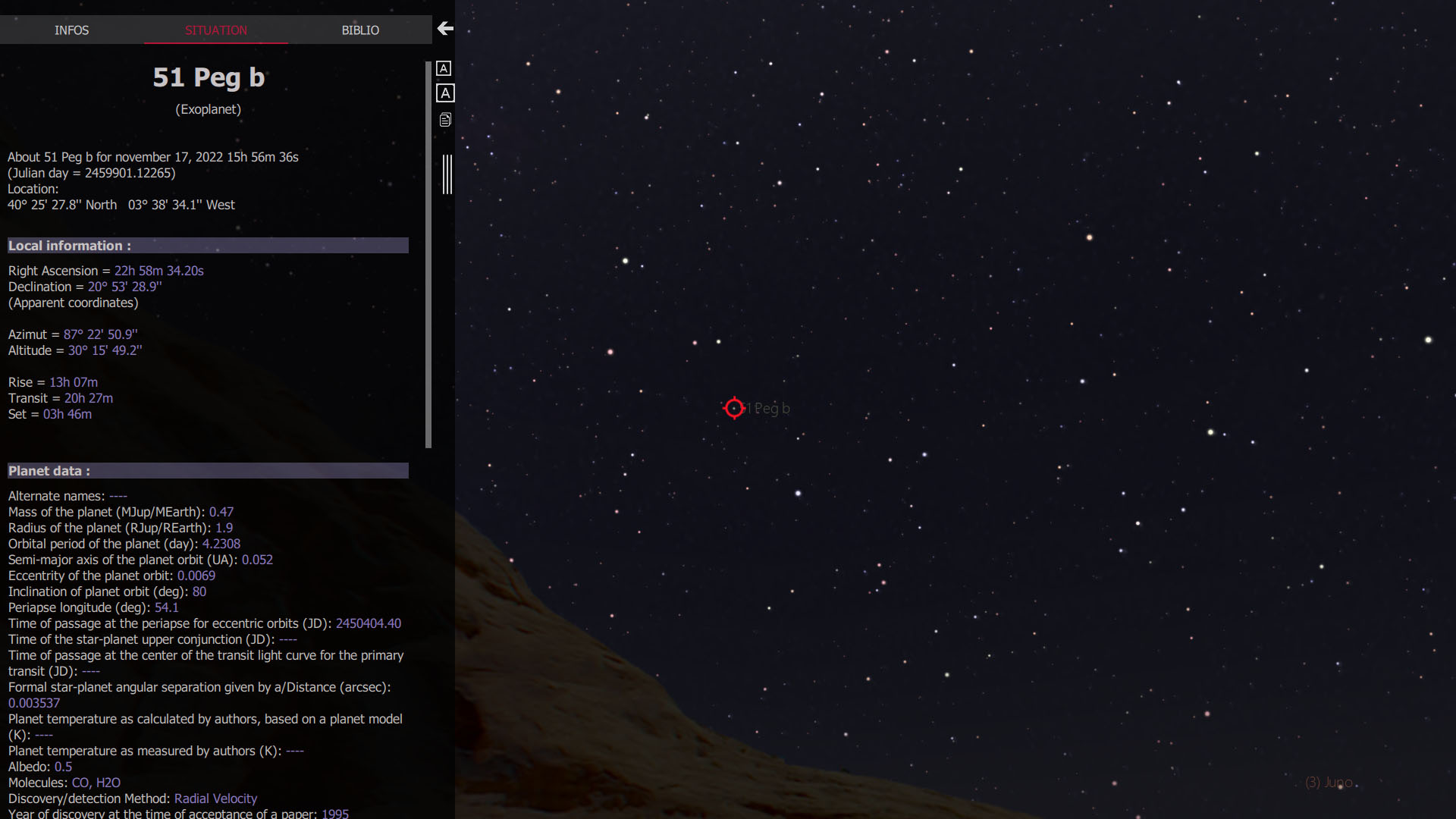
The revision 3.0.268 also proposes to follow the position of the Orion capsule in real time. The objective of this Artemis 1 mission is to return to the Moon in 2025 and ultimately maintain a more or less continuous human presence there.
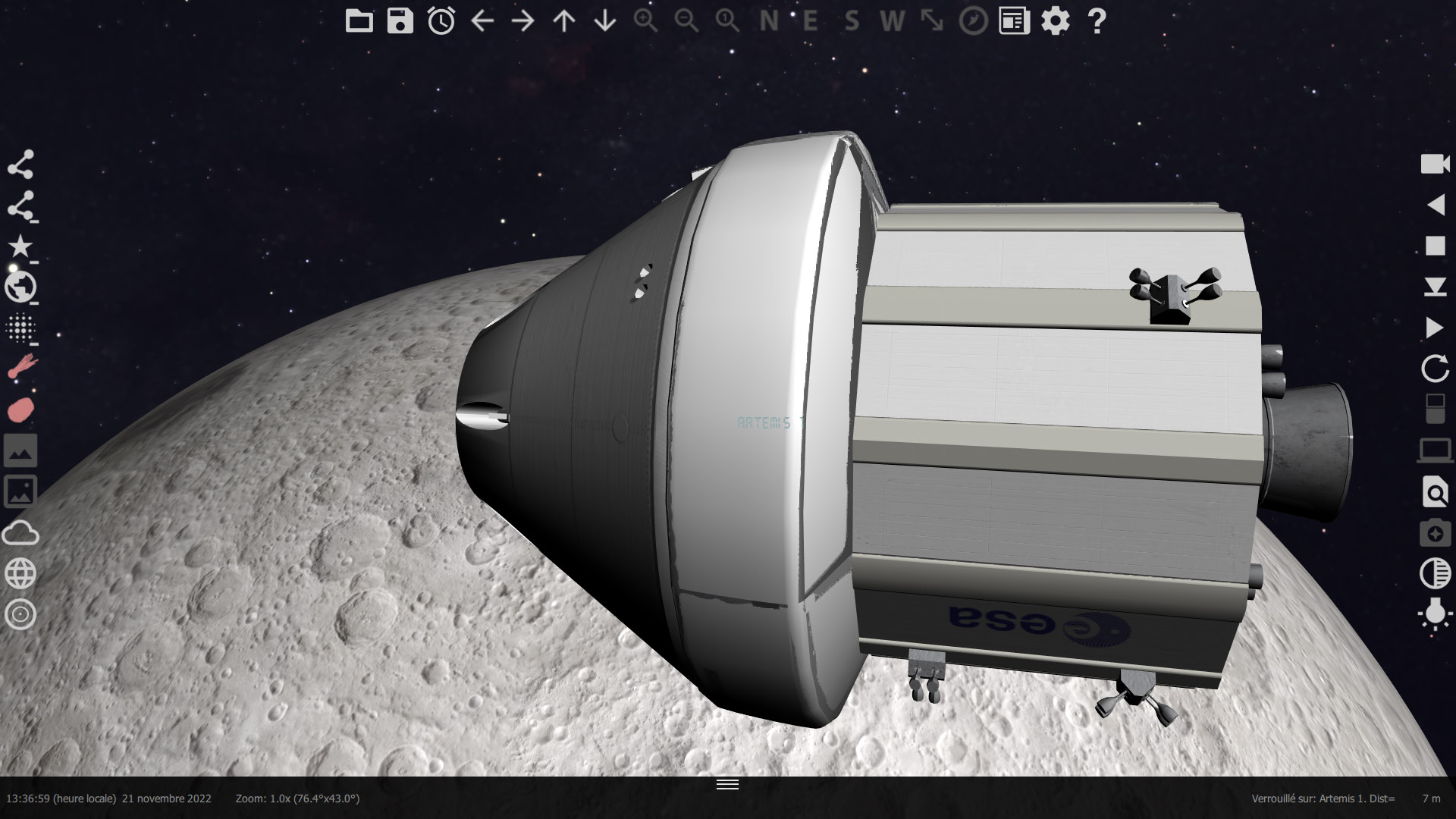
The next revisions of W3 will include the ability to visit these exoplanets in the 3D Navigation mode. I also plan to add 3D landscapes to the planetarium mode (for fun) and many more features… But I’ll tell you more about that later.
I am continuing to improve the program’s stability. It is therefore essential to report any operational anomalies using the bugtracker or forums (here and there1). Thank you for your participation!
(1) A big thank you to Sora Kozima for creating this forum on discord.com!